Mary Millington: The Glamorous Rise and Heartbreaking Fall of a 1970s Icon
Ever look at an old photo and feel like it whispers a story? That was the magic of Mary Millington—a face that captured the wild pulse of 1970s Britain. Her beauty wasn’t just physical; it was rebellious, defiant, and alive. She became a symbol of an age that dared to break rules and laugh in the face of prim morality. But behind the sparkle of fame was a woman fighting shadows too heavy for her to carry alone.
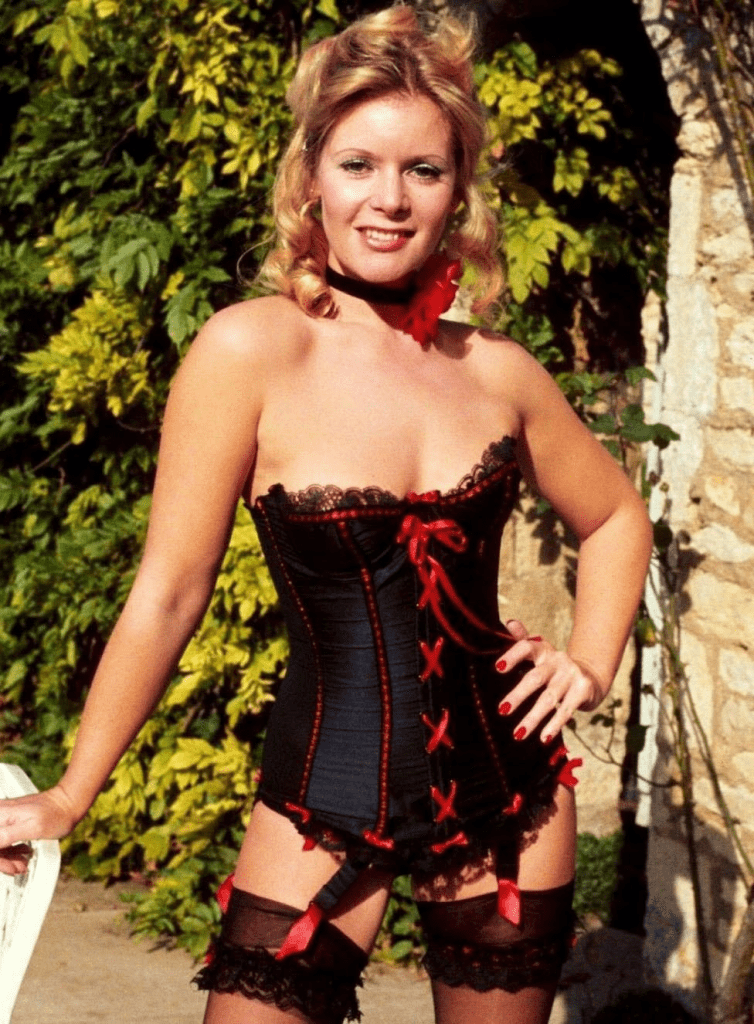
Let’s step back in time—to the woman who turned heads, challenged a nation’s boundaries, and left a legacy still echoing decades later.
Humble Beginnings: A Fighter’s Daughter in Post-War England
Mary Ruth Quilter, born in 1945 in Kenton, Middlesex, arrived in a world still picking up the pieces after World War II. Raised by her single mother, Joan, she grew up knowing hardship and resilience in equal measure. Her father wasn’t in the picture, and money was tight, but love—and grit—were never short. Mary’s childhood was marked by whispered gossip about her illegitimacy, a cruel stigma in conservative Britain, yet she pushed forward with quiet determination.

As a teenager, she showed both compassion and curiosity—working as a veterinary nurse and caring for her ailing mother while dreaming of something bigger. Too petite to become a traditional model, she found her own way into the spotlight, proving that charisma often shines brighter than height.
Video : MARY MILLINGTON TRIBUTE
From Small-Town Girl to Soho’s Daring Star
By her early twenties, Mary’s life took a turn. A photographer spotted her potential, and before long, her name—sometimes disguised under aliases—appeared in men’s magazines. She wasn’t sculpted or airbrushed; she was real, warm, and alive. Readers loved her natural energy, and editors knew they had found something special.
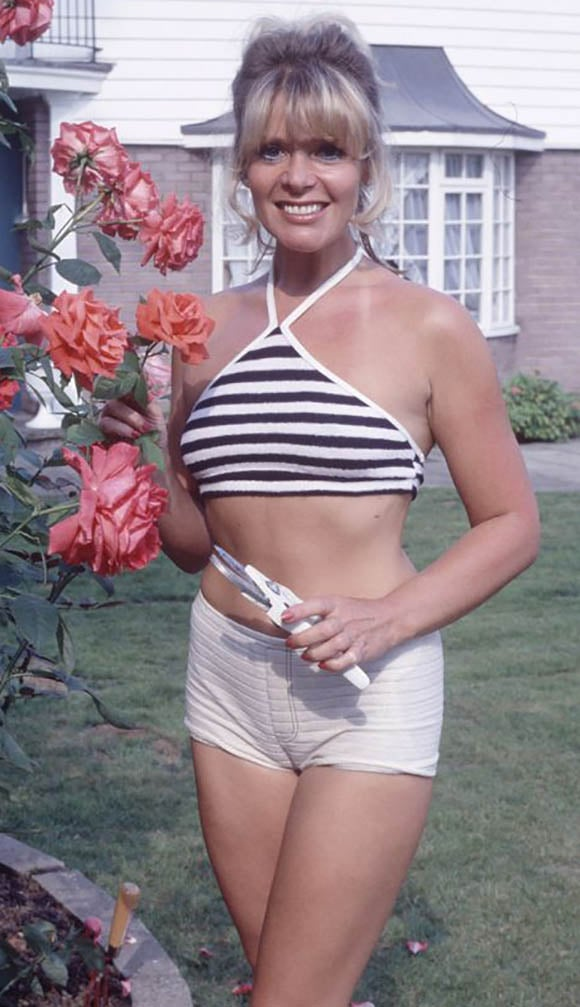
Then came her leap from still photos to the screen. Through photographer and filmmaker John Lindsay, she began appearing in short films that tiptoed around Britain’s censorship laws. What started as light glamour quickly edged into risqué territory. In a country still tangled in its own moral codes, Mary became both muse and rebel—a woman unafraid to own her sexuality in an age of whispers and double standards.
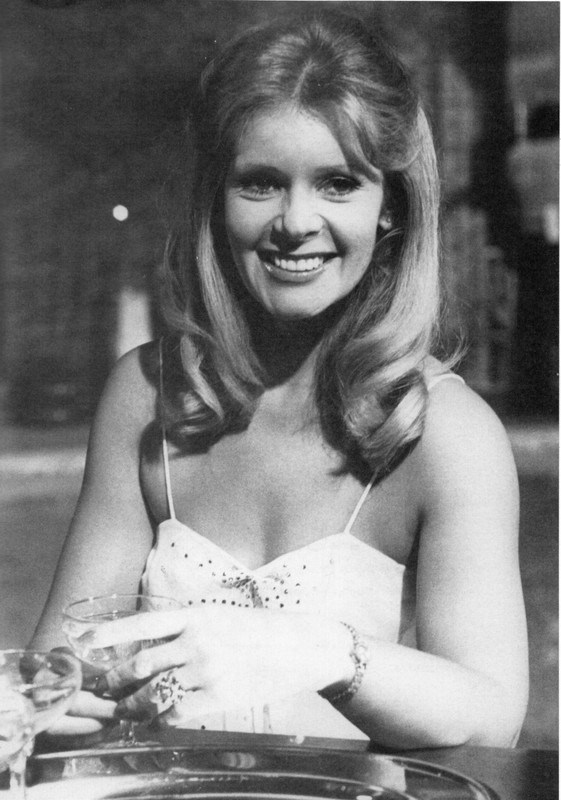
The Spark of Stardom: Fame, Films, and the British Rebellion
The 1970s were Mary’s decade. Teaming up with magazine publisher David Sullivan, she became the face of an empire built on cheeky humor and soft eroticism. Sullivan saw her potential not just as a model, but as a symbol of British boldness. He rebranded her as Mary Millington—a name that would soon light up movie posters across the nation.
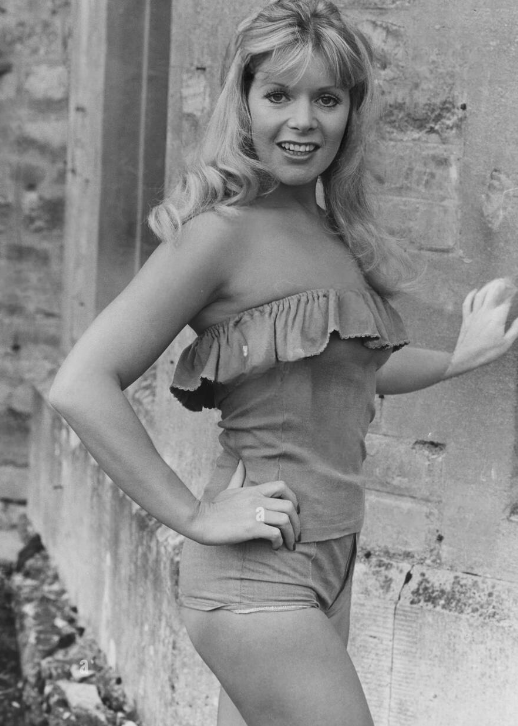
Her breakout moment came with Come Play With Me (1977), a film that mixed comedy, charm, and just enough scandal to draw record-breaking crowds. The movie ran for over 200 weeks at London’s Moulin Cinema—a feat that landed it in the Guinness Book of Records. Mary was no longer just a model or an actress; she was a cultural phenomenon.
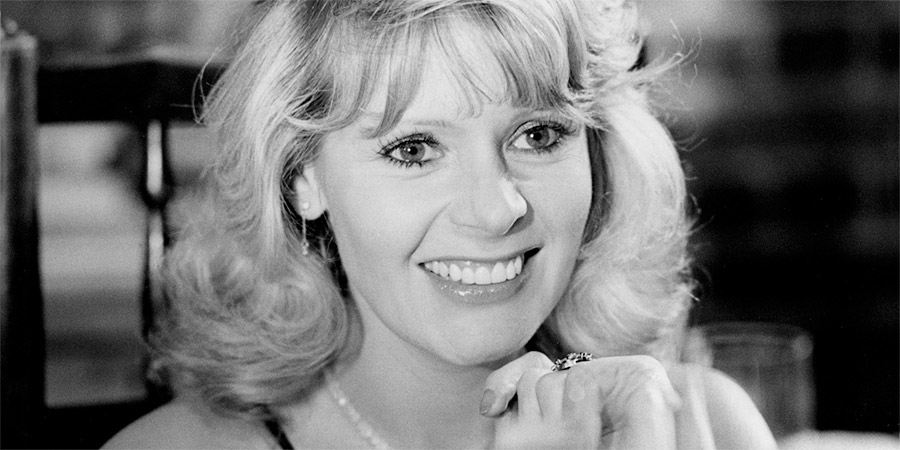
She followed it up with hits like The Playbirds and Queen of the Blues, bringing glamour and guts to a new kind of British cinema. Her fame was unstoppable—appearances, interviews, even that infamous photo stunt outside 10 Downing Street where she cheekily unzipped her top mid-shot. Mary wasn’t just playing with fame; she was rewriting its rules.
Behind the Curtain: Loneliness, Pressure, and the Price of Freedom
But fame often asks for too much. Behind the laughter and glitz, Mary was battling private demons. The loss of her beloved mother in 1976 left her adrift. Her relationship with David Sullivan grew complicated, and the glare of public life became suffocating.
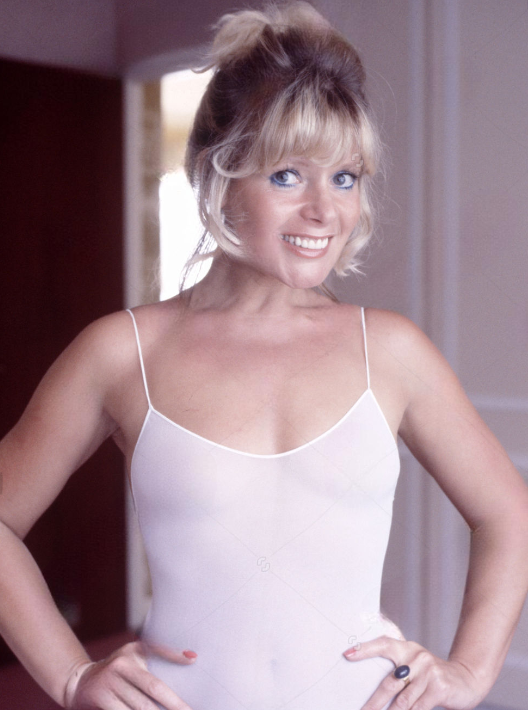
The British establishment wasn’t kind to women like her. Police raids, moral crusades, and endless scrutiny turned her professional success into personal torment. Even as she fought for reform—calling for the legalization of adult entertainment and freedom from harassment—she became trapped by the very system she challenged.
Mary’s financial struggles and mental health began to spiral. Reports of police intimidation, unpaid taxes, and relentless tabloid attention pushed her to the brink. Friends recall her as kind, generous, and full of humor—but worn thin by a world that never fully accepted her courage.
Video : The Extraordinary Life and Tragic Death of Mary Millington
A Tragic Farewell: The Light Goes Out Too Soon
On August 19, 1979, at just 33, Mary Millington’s story came to its devastating close. Overwhelmed by depression and pressure, she took her own life in her Surrey home. Her husband, Robert Maxted, found her alongside notes filled with exhaustion and pain—words that still break hearts today.
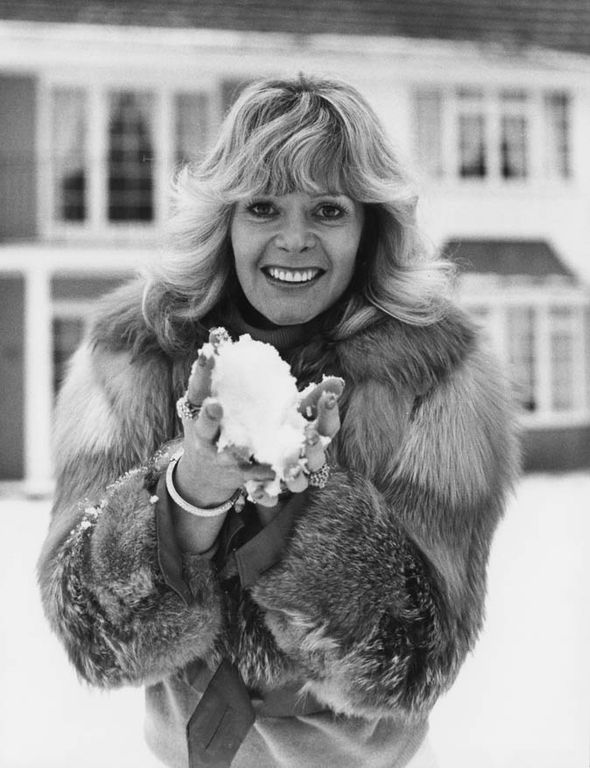
Her death shocked Britain. For many, she was the woman who embodied liberation, laughter, and light. For others, she became a cautionary tale about fame’s cruel underbelly. Yet to those who looked deeper, she was simply human—someone who gave too much of herself to a world not ready for her honesty.
Legacy of a British Legend
Decades later, Mary’s legacy still flickers. Biographer Simon Sheridan revived her story in Come Play With Me: The Life and Films of Mary Millington and the documentary Respectable – The Mary Millington Story. Both works show the real woman behind the icon—gentle, witty, wounded, and brave.
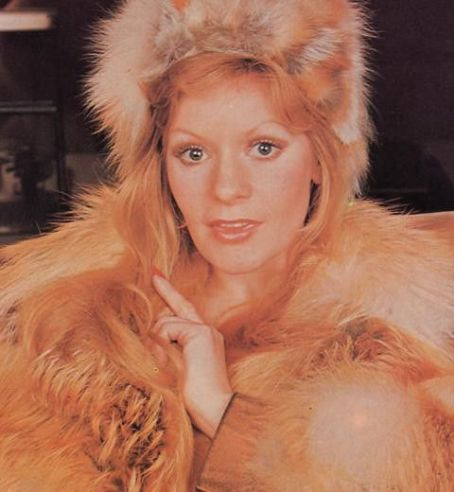
In Soho, a blue plaque marks the site of the Moulin Cinema where her most famous film played. Fans leave flowers, tributes, and notes, whispering thanks to the woman who dared to be herself. Her influence still threads through discussions about censorship, feminism, and freedom of expression.
She may have lived only 33 years, but her impact stretched far beyond her time. In today’s age of social media and self-branding, Mary’s story feels eerily familiar—a reminder that authenticity often comes with a price.
Remembering Mary Millington: Beauty, Boldness, and a Bittersweet Legacy
So, does anyone still remember that face? The one that smiled like she had secrets and sorrows all at once? Mary Millington was more than a 1970s starlet—she was a mirror of her times. She laughed in the face of shame, loved fiercely, and left the world too early, yet on her own terms.

Her journey wasn’t just about glamour or fame—it was about freedom, rebellion, and the fragile line between adoration and isolation. When we look back on her life, we see not just the woman in the photographs, but the fire she carried inside: radiant, restless, and unforgettable.
Mary Millington didn’t fade—she burned, brightly and briefly, like a star that refused to dim.